As a PhD student in the University of Delaware Hagley graduate program who researches American capitalism, I have found the world-class collections held by the Hagley Library an invaluable resource. My dissertation project traces the long-term history of American industry, from colonial iron plantations & gristmills to hydroelectric dams & chemical production, setting case studies of successive industries in the context of technological change and environmental resource endowments. The wide temporal scope of my project, and its explicitly material focus, necessitated familiarity with the texture of American industry. During my research in the Hagley Library, I have been delighted to learn that the visual aspect of my subject captured and made available in the library’s extensive pictorial collections yields a trove of useful information.
What follows is a sample of the visual evidence for American industrial history that I have found useful. The selected images were gleaned from the digitized portion of the Hagley Library pictorial collections, which, though sizable and growing, remains a representative slice of the even more vast holdings available to researchers in the library itself. Four of my project’s case studies are included, with images featuring earlier and later examples of technology from ironmaking, flour milling, chemical industries, and concrete construction.
Ironmaking
The American iron industry originated in the colonial era, and by the 1770s, American “iron plantations” accounted for approximately 15% of world iron production. During the nineteenth and twentieth centuries, the scale of American ironworks multiplied alongside the scale of production.
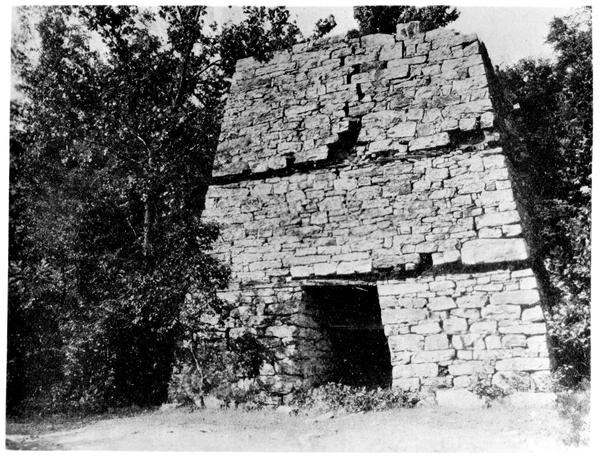
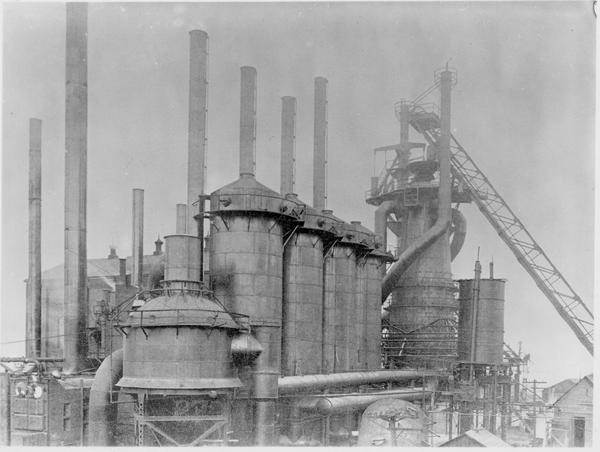
Flour milling
Wheat flour was nineteenth-century America’s most valuable export prior to the Civil War. This success was founded upon twin developments: the increasing quantities of wheat grown by American farmers, and the invention of an automated milling process that gave American merchant millers major advantages on the international market.
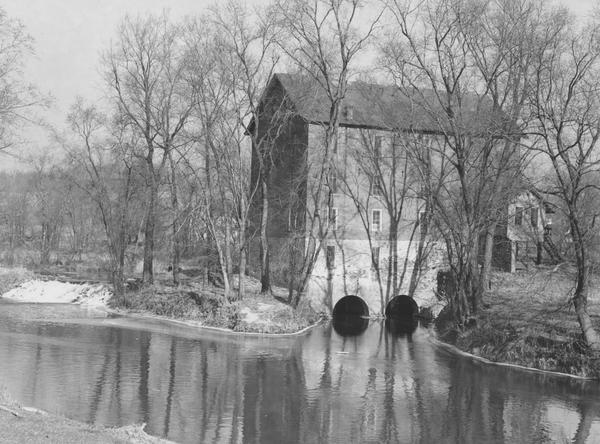

Gunpowder & chemical factories
While earlier iron and flour industries processed North American materials for consumption overseas, the gunpowder industry imported its raw materials and processed them for consumption in the domestic market. The technical expertise predicated by successful gunpowder milling translated well to the demands of fundamental research in chemistry, and American chemical makers owed a debt to the earlier industry.

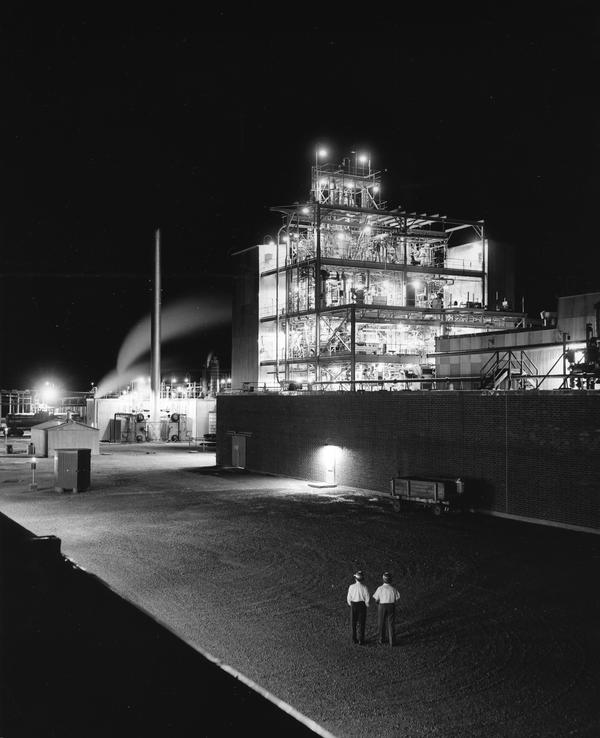
Concrete, dams, & highways
As American industry advanced into the twentieth century, it entered a new stone age; its reliance upon the rocky resources of the Earth intensified as stone, sand, & gravel contributed ever-more essential inputs to concrete construction in the form of a sprawling network of public highways, and the sleek, ultra-modern profile of hydroelectric dams.
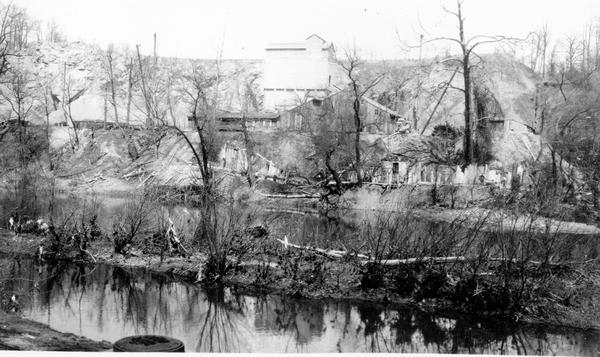
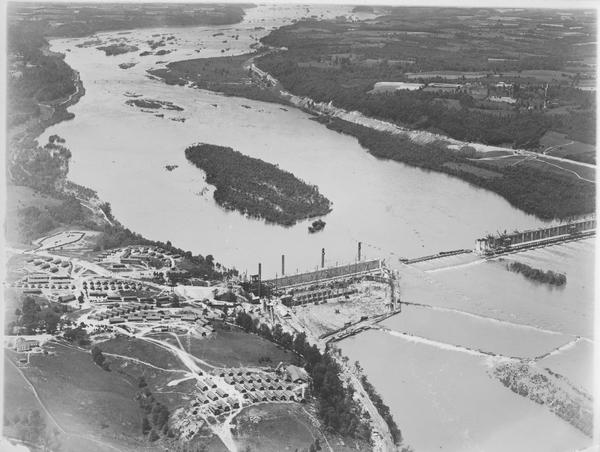
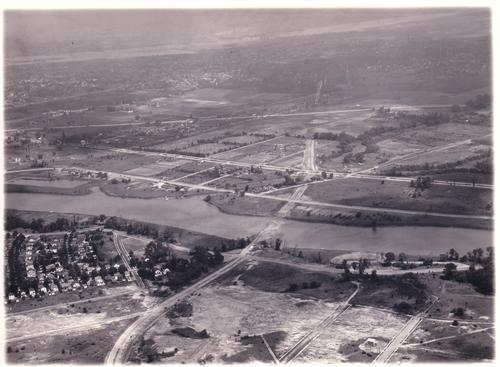
Visual investigation holds tremendous promise for the researcher, especially when their subject of inquiry involves objects and landscapes that have disappeared from the scene. The collection of visual evidence available at the Hagley Library, which encompasses still images, films, and a range of printed matter, invites research from across disciplines and eras. When seeking familiarity with the texture of American industry, one could do worse than to start with the visual.
Gregory Hargreaves is a PhD candidate at the University of Delaware and is Program Officer in the Hagley Center for the History of Business, Technology, & Society.
